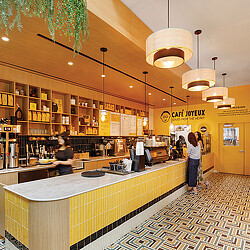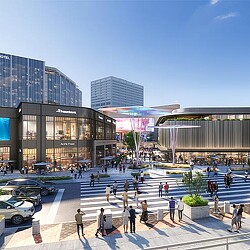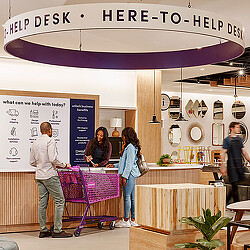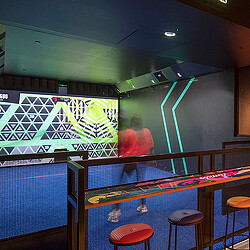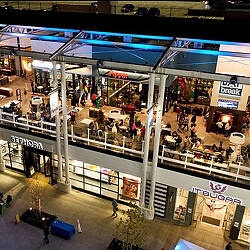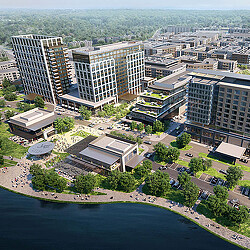The Value of Time in Retail Environments
Time is a precious commodity, and brands that understand its value and choreograph both fast and slow retail experiences will thrive.
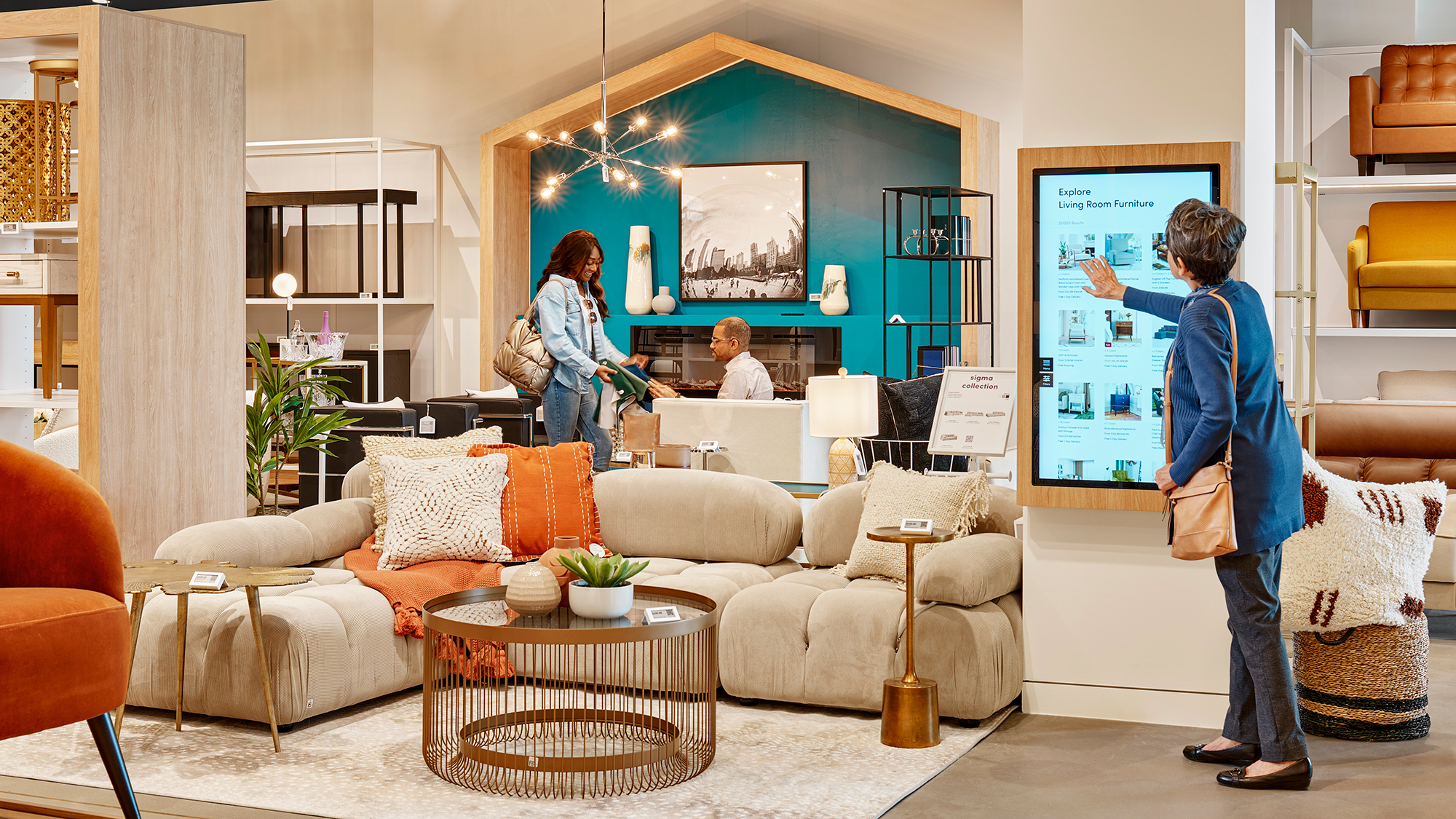
As individuals, time is one of the most valuable resources we have — and one of the few that doesn’t renew. In a time-poor culture, with a million things competing for our attention and a share of our day, where we spend our time matters.
This topic becomes especially relevant when we consider our relationships with brands. Who consumers choose to spend their time with, and where, is one of the ways we can measure engagement. When a consumer chooses to go to a store, they are choosing to invest in in-person engagement over options that require less time. In response, brands must show they understand the value of time to create and deepen connections.
The key to crafting a truly exceptional customer experience lies in strategically integrating both fast and slow experiences within the same environment. A singular focus on speed can leave customers feeling rushed and disconnected, while only focusing on high engagement can miss the mark on meeting basic and functional needs. A balance of fast and slow is required to create impact in today’s retail environments.
Fast Retail Experiences
First and foremost, an experience must support consumers in task mode so that they can better complete a specific task or mission. In retail stores, this often means being able to quickly complete a transaction (purchase, return, or exchange), find a particular item, or pick something specific up. No matter what the mission, ‘retail fast’ is about making things uncomplicated.
Providing fast experiences comes in a variety of forms, but can be easily demonstrated through three key areas:
- Seamless transactions: Imagine a busy professional on their lunch break, needing to grab a quick bite between meetings. The restaurant allows them to order and pay for their meal through a mobile app from their desk and pick up in the space. This frictionless efficiency saves valuable time and reduces frustration. We see similar examples of this with self-checkout and returns, and new versions of click-and-collect (where customers purchase items online and then pick them up from a designated store location or pickup point), which are designed to save time.
- Self-service options: Empowering customers to find answers or complete tasks independently can also be a win-win. Well-designed in-store communications and/or apps that help customers navigate and support decision-making help customers move at their own pace while freeing up human resources for more complex issues.
- Intuitive interfaces: Simplicity is key. Whether a website, app, or physical store, a clear and intuitive design allows customers to navigate and complete tasks quickly. This reduces cognitive load and confusion, leading to a more positive and efficient experience.
If brands can help customers complete tasks, they have the permission and ability to expand the experience; this is where ‘retail slow’ comes in.
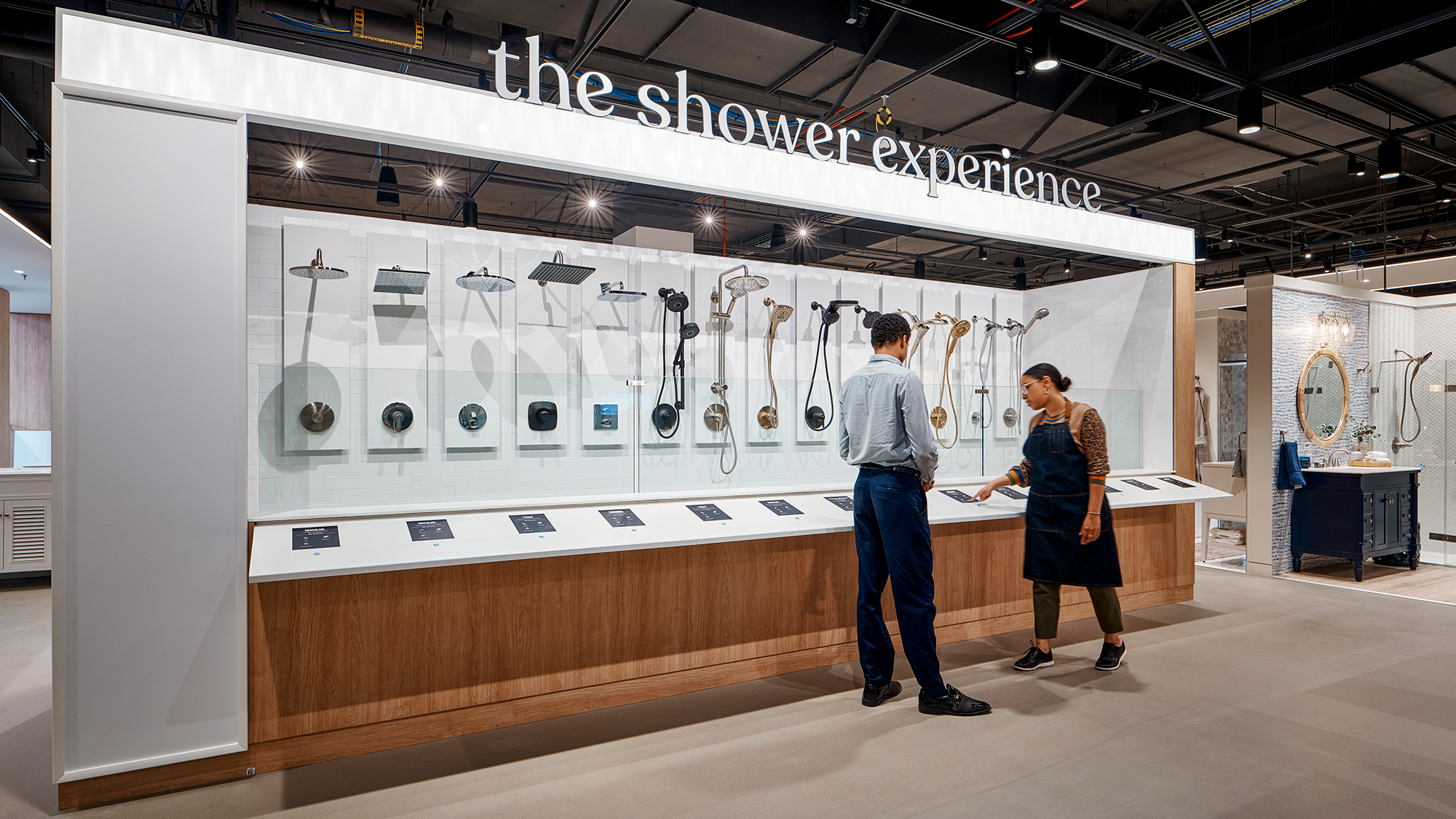
Slow Retail Experiences
If fast opens the door, slow is where the connection is built. These are the experiences that encourage customers to take time to explore and interact with the brand beyond transactions —whether seeking advice, discovering something new, or engaging in different moments.
To achieve slow retail, retailers should consider how they are integrating the following:
- Personalised service: In a world of automation, human interaction can be a differentiator. A knowledgeable salesperson who can offer tailored product recommendations or a customer service representative who takes the time to understand a customer’s specific needs can create a sense of value and connection. When paired with a sales app that builds on knowledge collected through the consumer’s profile, the ability to personalise the experience and recommendations is amplified.
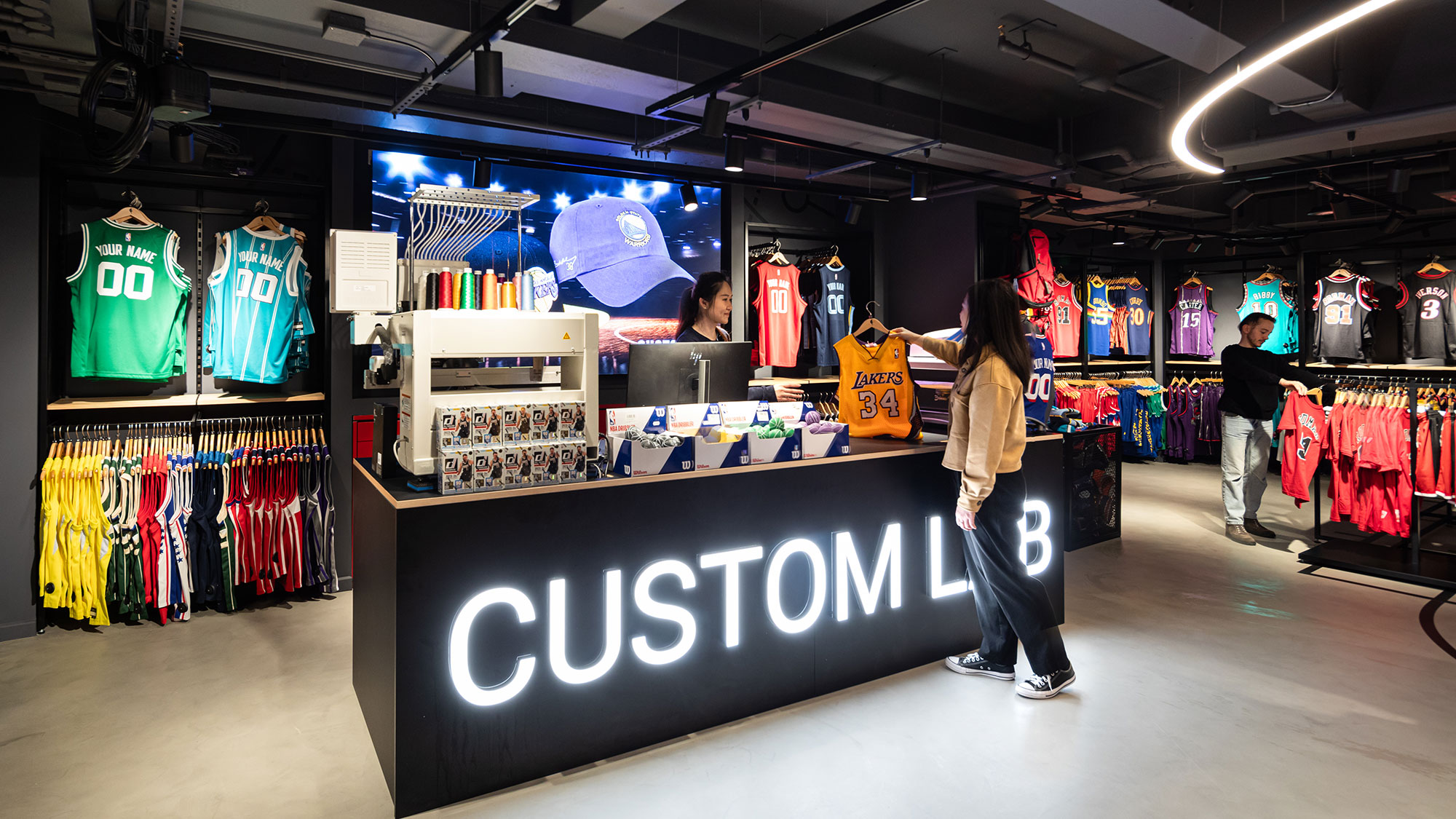
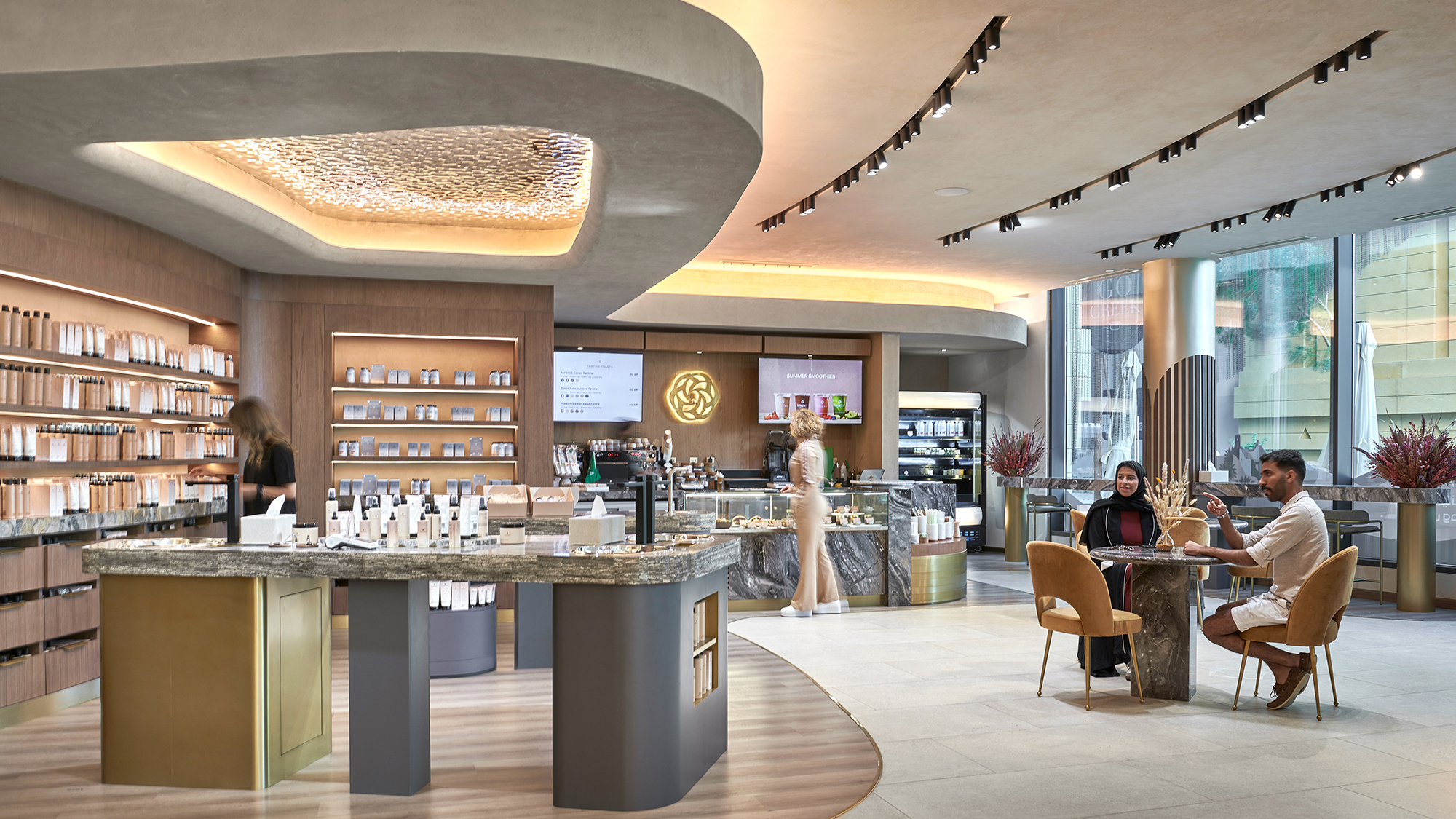
- Interactive environments: Creating a visually appealing and engaging environment can turn a simple purchase into an experience. Imagine a grocery store with an in-house cooking demonstration featuring seasonal ingredients, or an electronics store with a virtual reality zone showcasing the benefits of the latest gadgets and educating consumers on how to make the most of their purchase. These moments of slowness can spark creativity, build brand loyalty, and ultimately lead to higher purchase intent.
By incorporating both fast and slow experiences within the same environment, brands can cater to a broader range of customer needs and preferences. It’s not about fast vs. slow, but about understanding the value of time in each stage of the customer journey. The key lies in creating a seamless experience that allows customers to move quickly when they need to, and to spend time in the moment when they desire.
By mastering the art of time in the design of the customer experience, brands can improve efficiency and customer satisfaction and foster deeper connections and customer loyalty. In today’s world, time is a precious commodity, and brands that understand its value are the ones that will truly thrive.
For media inquiries, email .

